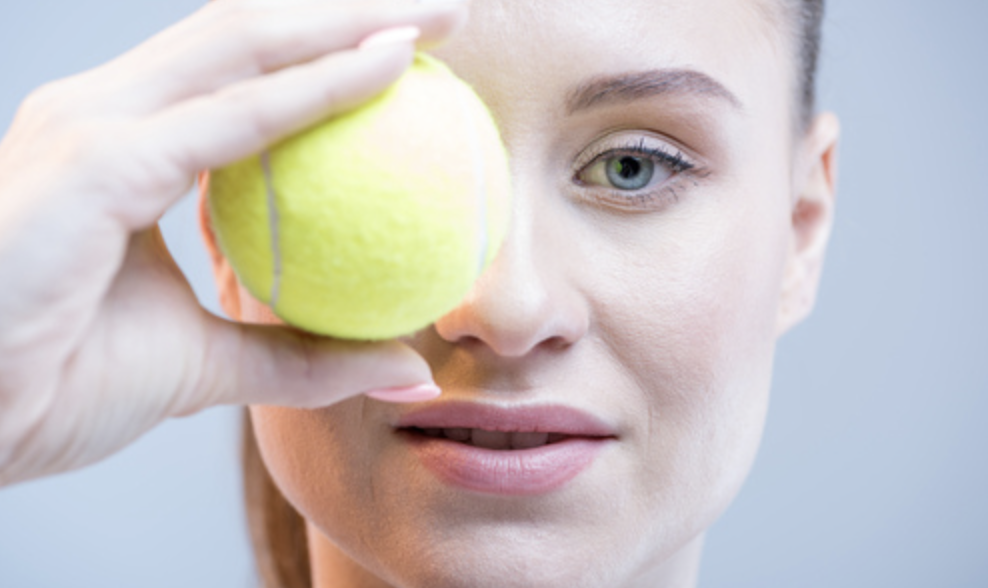April marks Sports Eye Injury Awareness Month, a vital time to shed light on a lesser-known but potentially devastating risk for athletes of all ages — eye trauma. At Solasta Healthcare we’re committed not only to restoring vision but also to helping you protect it.
The Eye-Opening Reality of Sports Injuries
Over 100,000 sports-related eye injuries occur annually in the UK and Ireland, and 90% of them are preventable. Whether you’re on the football pitch, golf course, tennis court, or cycling through the countryside, your eyes are vulnerable to high-speed impact, UV damage, and foreign bodies — all of which can lead to serious, sometimes permanent, vision issues.
For patients with existing eye conditions, including cataracts, previous surgeries, or lens implants, sports-related injuries can be even more damaging and more complex to treat.
Common Sports Eye Injuries
- Corneal abrasions from balls, fingers, or foreign bodies
- Blunt trauma causing hyphema or retinal issues
- Lens dislocation or capsule rupture in patients with intraocular lens (IOL) implants
- UV damage, particularly in outdoor sports like skiing, sailing, or cricket
- Detached retinas or vitreous haemorrhages, especially in contact sports
High-Risk Sports for Eye Injuries
While all sports carry some risk, the following are particularly associated with eye trauma:
- Squash, racquetball, tennis
- Cricket, baseball, hockey
- Martial arts and boxing
- Cycling and mountain biking
- Skiing and snowboarding
- Water sports and swimming (exposure to chemicals or debris)
As a specialist cataract clinic, we focus deeply on long-term eye health. While cataract surgery offers life-changing vision restoration, trauma during or after recovery can compromise results or trigger complications. For athletes — even recreational ones — prevention is key.
Tips to Keep Your Eyes Safe While Staying Active
- Wear Protective Eyewear
Polycarbonate sports goggles offer high-impact resistance and UV protection. If you’ve had cataract surgery, we recommend wraparound sunglasses with polarised lenses for added protection. - Know the Risks
Ball sports (cricket, squash), water sports, and high-velocity activities carry greater risks. If you’ve had eye surgery, speak with your ophthalmologist before returning to full play. - Don’t Ignore Symptoms
Blurry vision, flashes, floaters, or pain after trauma should never be dismissed. Prompt diagnosis can save your sight. - Routine Eye Checks
Regular examinations are essential, especially if you’ve had previous surgery or are over 60. Prevention includes monitoring eye pressure, retinal health, and IOL positioning post-surgery.
Your Vision, Our Priority
Sports should be about freedom, fun, and fitness — not fear. This Sports Eye Injury Month, take a proactive step toward eye safety and lifelong vision health.
If you have questions about eye protection, injury risks, or post-cataract care and sport, our team at Solasta Healthcare is here to help.
Vision is one of your most valuable assets in sport — from reading the game to judging distance and reacting quickly. Don’t let a preventable injury change the way you play or live.
This Sports Eye Injury Month, take a moment to invest in your eye health. Whether you’re on the pitch, court, or trail, remember: seeing clearly starts with playing safely.
Start Your Journey at Solasta Healthcare!
Call today: 028 40 648 486
Email: info@solastahealthcare.com

